جلد سخت سیاه و سفید
Product details
- Publisher : Oxford University Press (January 28, 2022)
- Language : English
- Hardcover : 176 pages
- ISBN-10 : 019284458X
- ISBN-13 : 978-0192844583
کتاب Tatian's Diatessaron: Composition, Redaction, Recension, and Reception (Oxford Early Christian Studies)
In the late-second century, Tatian the Assyrian constructed a new Gospel by intricately harmonizing Matthew, Mark, Luke, and John. Tatian's work became known as the Diatessaron, since it was derived 'out of the four' eventually canonical Gospels. Though it circulated widely for centuries, the Diatessaron disappeared in antiquity. Nevertheless, numerous ancient and medieval harmonies survive in various languages. Some texts are altogether independent of the Diatessaron, while others are definitely related. Yet even Tatian's known descendants differ in large and small ways, so attempts at reconstruction have proven confounding. In this book James W. Barker forges a new path in Diatessaron studies.
Covering the widest array of manuscript evidence to date, Tatian's Diatessaron reconstructs the compositional and editorial practices by which Tatian wrote his Gospel. By sorting every extant witnesses according to its narrative sequence, the macrostructure of Tatian's Gospel becomes clear. Despite many shared agreements, there remain significant divergences between eastern and western witnesses. This book argues that the eastern ones preserve Tatian's order, whereas the western texts descend from a fourth-century recension of the Diatessaron. Victor of Capua and his scribe used the recension to produce the Latin Codex Fuldensis in the sixth century. More controversially, Barker offers new evidence that late medieval texts such as the Middle Dutch Stuttgart harmony independently preserve traces of the western recension. This study uncovers the composition and reception history behind one of early Christianity's most elusive texts.
منابع کتاب کتاب Tatian's Diatessaron: Composition, Redaction, Recension, and Reception (Oxford Early Christian Studies)
در اواخر قرن دوم، تاتیان آشوری با هماهنگ کردن پیچیده متی، مرقس، لوقا و یوحنا، انجیل جدیدی ساخت. کار تاتیان به عنوان دیاتسارون شناخته شد، زیرا «از چهار انجیل در نهایت متعارف» مشتق شد. اگرچه برای قرن ها به طور گسترده در گردش بود، اما Diatessaron در دوران باستان ناپدید شد. با این وجود، هارمونی های متعدد باستانی و قرون وسطایی در زبان های مختلف باقی مانده است. برخی از متون کاملاً مستقل از دیاتسارون هستند، در حالی که برخی دیگر قطعاً مرتبط هستند. با این حال، حتی نوادگان شناخته شده تاتیان در ابعاد بزرگ و کوچک با هم تفاوت دارند، بنابراین تلاش برای بازسازی ثابت شده است که گیج کننده بوده است. در این کتاب جیمز دبلیو بارکر مسیر جدیدی را در مطالعات دیاتسارون ایجاد می کند.
پوشش گستردهای از شواهد نسخههای خطی تا به امروز، دیاتسارون تاتیانشیوه های ترکیبی و ویرایشی را که تاتیان انجیل خود را نوشته بود، بازسازی می کند. با طبقه بندی هر شاهد موجود بر اساس توالی روایی آن، ساختار کلان انجیل تاتیان روشن می شود. با وجود بسیاری از توافقات مشترک، اختلافات قابل توجهی بین شاهدان شرقی و غربی وجود دارد. این کتاب استدلال میکند که متون شرقی نظم تاتیان را حفظ میکنند، در حالی که متون غربی از بازخوانی دیاتسارون در قرن چهارم میآیند. ویکتور کاپوایی و کاتبش از این اعتبار برای تولید Codex Fuldensis لاتین در قرن ششم استفاده کردند. بحثبرانگیزتر، بارکر شواهد جدیدی ارائه میکند مبنی بر اینکه متون قرون وسطی متأخر، مانند هارمونی اشتوتگارت هلندی میانه، بهطور مستقل آثاری از پسرفت غربی را حفظ میکنند. این مطالعه تاریخچه ترکیب و پذیرش در پس یکی از مسیحیت اولیه را آشکار می کند.



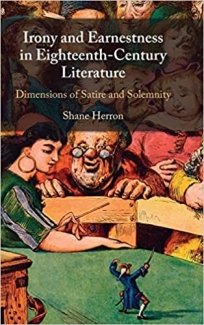
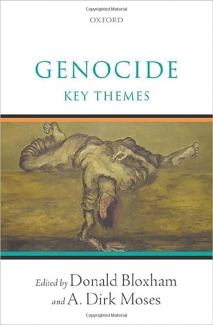
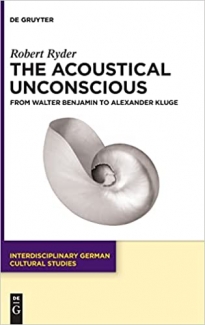



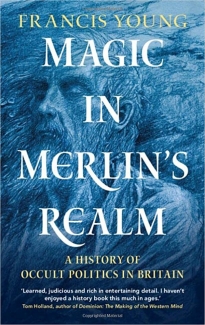




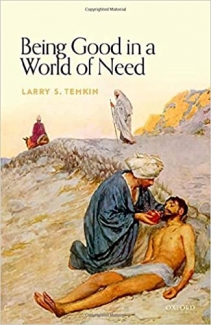
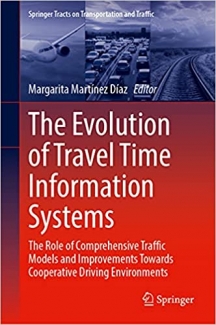

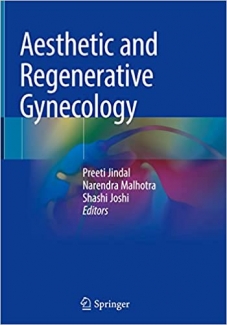
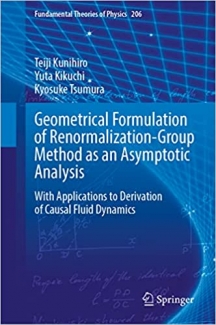
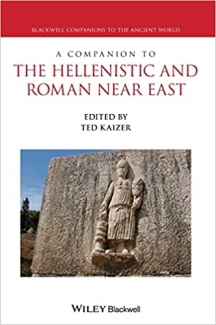












ارسال نظر درباره کتاب Tatian's Diatessaron: Composition, Redaction, Recension, and Reception (Oxford Early Christian Studies)